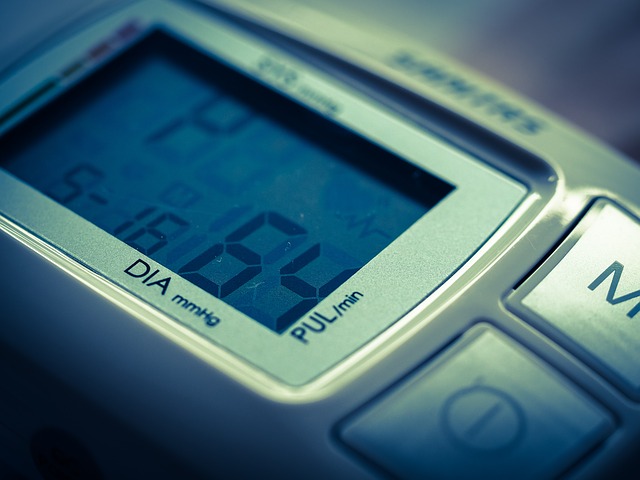New guidance has been published in relation to the EU Medical Device Regulation (the “MD Regulation”) and the EU In vitro Diagnostics Regulation (the “IVD Regulation”) (together, the “Regulations”), which entered into force in 2017. The MD Regulation will be fully applicable by 26 May 2020 and the IVD Regulation will be fully applicable by 26 May 2022.
The Regulations fundamentally change the regulation of medical devices and in vitro diagnostic devices. The European Commission considers that the Regulations will:
- improve the quality, safety and reliability of medical devices;
- strengthen the transparency of information for consumers; and
- enhance vigilance and market surveillance.
For more information regarding the changes brought about by the new Regulations, please see our article explaining them here.
On 28 February 2019, the European Medicines Agency (the “EMA”) published the first of what is intended to be a series of guidance documents to assist businesses in preparing to comply with their obligations under the new Regulations. The first Q&A document, which can be found here, has been developed jointly by the EMA and the Co-ordination Group for Mutual Recognition and Decentralised Procedures – Human (“CMDh”), together with the European Commission. The guidance focusses on the implementation of Article 117 of the MD Regulations, which stipulates that marketing authorisation applications for medicines with an integral medical device must include the results of the device’s assessment of conformity with a notified body. Examples of such devices include pre-filled syringes and pens, patches for transdermal drug delivery and pre-filled inhalers.
The EMA plans to publish further guidance addressing other requirements for various categories of devices including:
- medical devices made of substances that are systemically absorbed;
- products which are not clearly defined as medicinal products (known as ‘borderline products’); and
- in vitro diagnostic tests used to determine patients’ eligibility for a specific medical treatment.
The UK government has also published guidance regarding the Regulations, which can be found here. This includes:
- an introductory guide to the new Regulations;
- guidance in relation to products that do not have an intended medical purpose which were not previously subject to regulation and are caught by the new Regulations (such as non-prescription coloured contact lenses, dermal fillers and intense pulsed light machines for body hair removal);
- guidance on placing a device on the market under the new Regulations (including during the transition periods);
- guidance for manufacturers of medical devices on how to comply with legal requirements;
- key changes in the Regulations which affect health institutions; and
- the potential impact of the UK’s withdrawal from the EU.
For more information or advice regarding the new Regulations and their impact on your business, please feel free to get in touch with any member of the Life Sciences team or your usual S&B contact.
